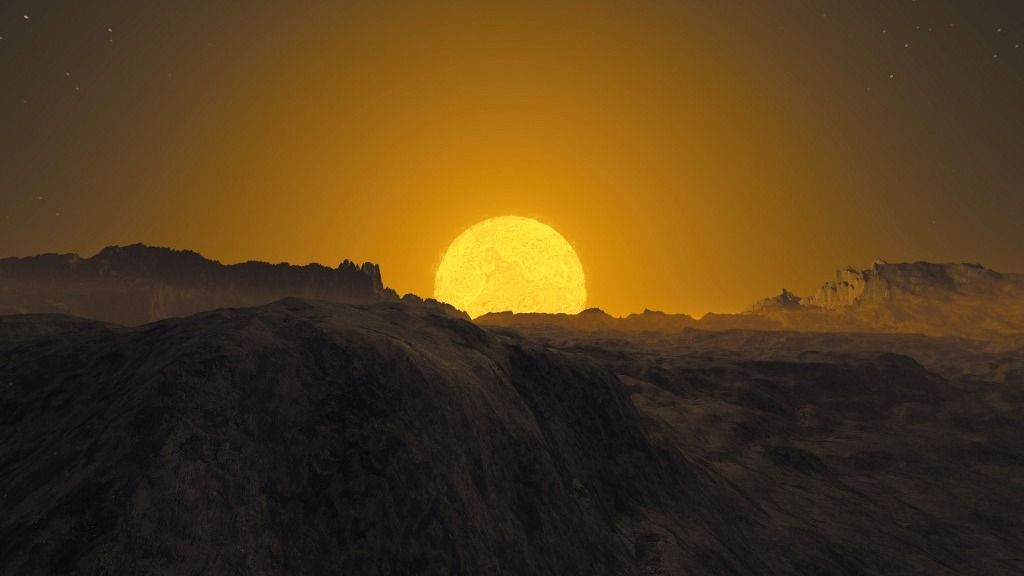Mercury has long puzzled scientists because it has several characteristics unlike any other planet in the solar system. These include a very dark surface, a remarkably dense core, and an early end to Mercury's volcanic era, according to Space.com. In his article.

Photo: LIMAGE via AFP
Interestingly, graphite, a modification of carbon, can also be found on the planet’s surface. According to scientists, these graphite patches lead to the conclusion that in Mercury’s early history, the celestial body had a carbon-rich magma ocean, which eventually solidified when it reached the surface. The same process could have led to the formation of the carbon-rich mantle beneath the surface.
However, the research group that revealed the findings believes that the mantle material is not made of graphite, but of another, more valuable type of carbon, diamond.
“We have made a new estimate of the pressure at the core-mantle boundary, and since Mercury is known to be rich in carbon, we assume that there is not graphite, but diamonds in the depths. In our study, we used geophysical data collected by NASA’s Messenger spacecraft,” team member Olivier Namur, an associate professor at KU Leuven, told Space.com.
The MESSENGER spacecraft was launched in August 2004 and became the first spacecraft to orbit Mercury. The mission, which ended in 2015, revealed large amounts of water ice at the planet's poles and gathered key data on Mercury's geology and magnetic field.
How could such a thick layer of diamonds form on Mercury?
Previous research has found that Mercury's mantle is thicker than previously thought.
“We expected this to have a significant impact on the distribution of diamonds and graphite on Mercury,” Namur said.
Researchers have successfully reproduced the pressure inside Mercury under laboratory conditions, allowing them to study how minerals deep within the planet change as Mercury evolves.
“We think diamonds could form on Mercury in two ways. One is the crystallization of a magma ocean, but that only resulted in a thinner diamond field. The other is the crystallization of Mercury's metallic core.”
Namur explained.






